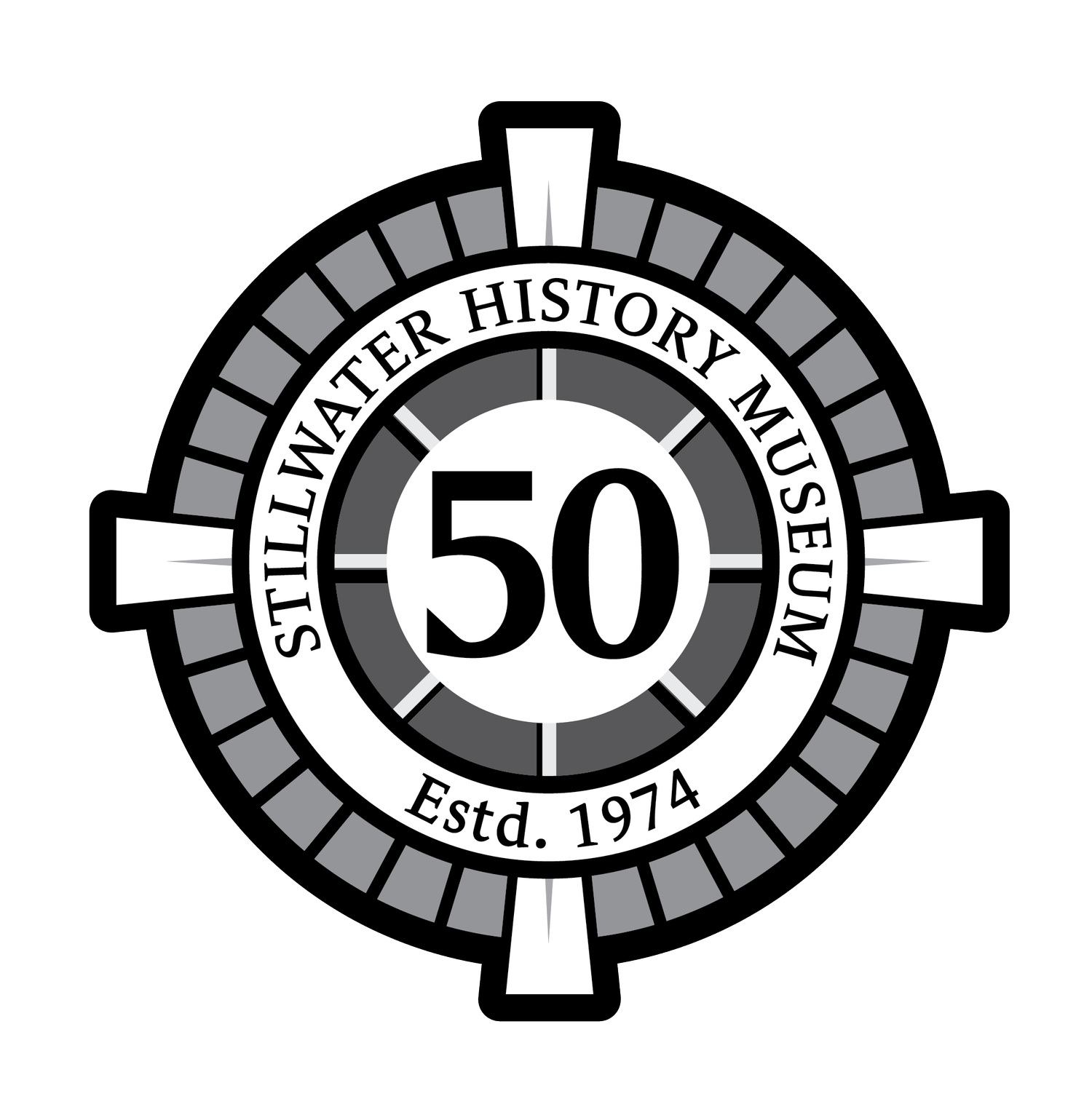Census Findings
Census records from the 1900s to the 1940s provide a means of analyzing the education levels and occupational trends of the Black community in the area. During the 1930s, the Black community grew dramatically in comparison with the first two decades of the 20th century, clustering primarily in certain areas. Also, it can be inferred that the development of Booker T. Washington School is positively correlated with the literacy statistics and education levels of the Black community. The older generations are almost exclusively those who are incapable of reading or writing. Most school-age youths attended school during the census period (since the last year of the previous decade.)
By the 1940s, a much higher percentage of the Black community attended school, and a record number of at least 78 individuals obtained an H or C grade at the highest grade of school completed. Moreover, the analysis can demonstrate that education levels have a positive effect on the accessibility of employment rates and the evolution of occupational trends. A significant increase in employment rates in the Black community occurred from the 1900s to the 1940s. At the turn of the century, Blacks were largely engaged in farming and farm labor. However, employment rates in education, engineering, and other fields requiring education levels increased significantly during the 1940s. In addition, the WPA provided some economic opportunities. It is well documented that in the 1900s, Blacks who attended school but had lower grades completed work at lower rates, and that the WPA addressed some of these problems during the 1940s.
A page from the 1940 Payne County Census Record


